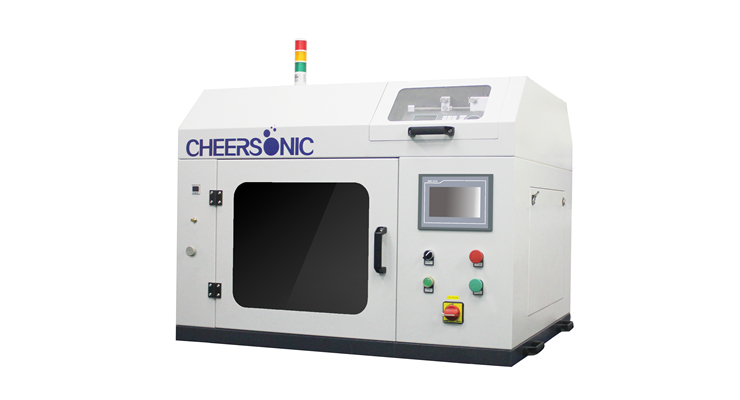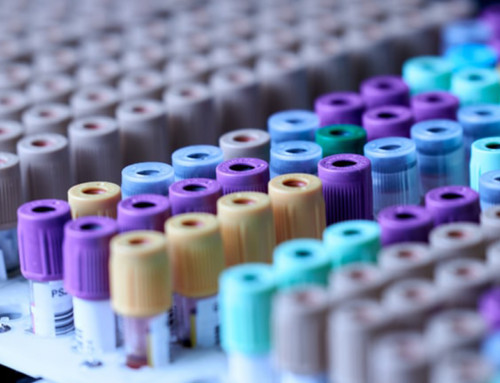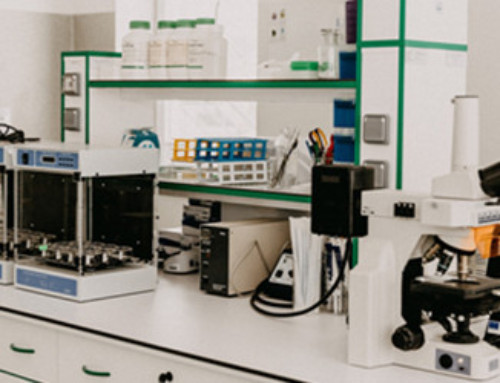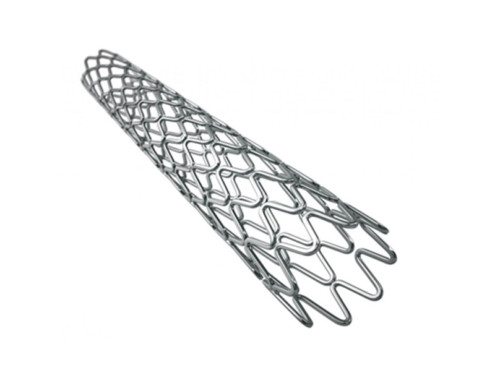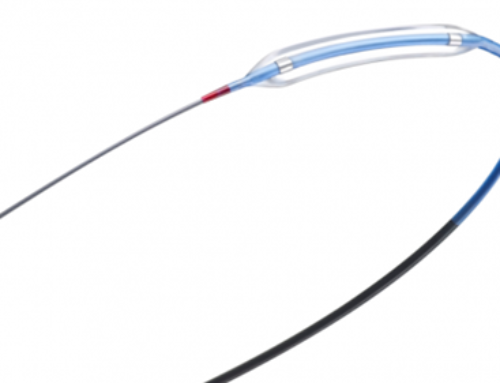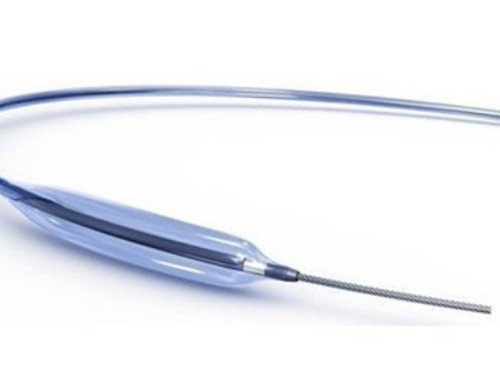Project Description
Poly Lactic-co-Glycolic Acid
Poly Lactic-co-Glycolic Acid (PLGA) as Biodegradable Controlled Drug Delivery Carrier
In past two decades poly lactic-co-glycolic acid (PLGA) has been among the most attractive polymeric candidates used to fabricate devices for drug delivery and tissue engineering applications. PLGA is biocompatible and biodegradable, exhibits a wide range of erosion times, has tunable mechanical properties and most importantly, is a FDA approved polymer. In particular, PLGA has been extensively studied for the development of devices for controlled delivery of small molecule drugs, proteins and other macromolecules in commercial use and in research. This manuscript describes the various fabrication techniques for these devices and the factors affecting their degradation and drug release.
Introduction
A considerable amount of research has been conducted on drug delivery by biodegradable polymers since their introduction as bioresorbable surgical devices about three decades ago. Amongst all the biomaterials, application of the biodegradable polymer poly lactic-co-glycolic acid (PLGA) has shown immense potential as a drug delivery carrier and as scaffolds for tissue engineering. PLGA are a family of FDA-approved biodegradable polymers that are physically strong and highly biocompatible and have been extensively studied as delivery vehicles for drugs, proteins and various other macromolecules such as DNA, RNA and peptides. PLGA is most popular among the various available biodegradable polymers because of its long clinical experience, favorable degradation characteristics and possibilities for sustained drug delivery. Recent literature has shown that degradation of PLGA can be employed for sustained drug release at desirable doses by implantation without surgical procedures. Additionally, it is possible to tune the overall physical properties of the polymer-drug matrix by controlling the relevant parameters such as polymer molecular weight, ratio of lactide to glycolide and drug concentration to achieve a desired dosage and release interval depending upon the drug type]. However the potential toxicity from dose dumping, inconsistent release and drug-polymer interactions require detailed evaluation. Here we present a review on the PLGA primarily as a delivery vehicle for various drugs, proteins and other macromolecules in commercial use and in research. We also present possible directions for future uses of PLGA in drug delivery applications.
Biodegradable Polymers
Biodegradable materials are natural or synthetic in origin and are degraded in vivo, either enzymatically or non-enzymatically or both, to produce biocompatible, toxicologically safe by-products which are further eliminated by the normal metabolic pathways. The number of such materials that are used in or as adjuncts in controlled drug delivery has increased dramatically over the past decade. The basic category of biomaterials used in drug delivery can be broadly classified as (1) synthetic biodegradable polymers, which includes relatively hydrophobic materials such as the α-hydroxy acids (a family that includes poly lactic-co-glycolic acid, PLGA), polyanhydrides, and others, and (2) naturally occurring polymers, such as complex sugars (hyaluronan, chitosan) and inorganics (hydroxyapatite). The breath of materials used in drug delivery arises from the multiplicity of diseases, dosage range and special requirements that may apply. Biocompatibility is clearly important, although it is important to note that biocompatibility is not an intrinsic property of a material, but depends on the biological environment and the tolerability that exists with respect to specific drug-polymer-tissue interactions.
Fabrication Techniques for PLGA Carriers
Drugs and proteins are the most rapidly growing class of pharmaceuticals for which controlled or targeted release is used to increase specificity, lower toxicity and decrease the risk associated with treatment. However, the stability and delivery challenges associated with these agents have limited the number of marketed products. Maintaining adequate shelf-life of peptide and protein drugs often requires solid-state formulation to limit hydrolytic degradation reactions. Drug delivery of peptides and proteins may also require parenteral formulations to avoid degradation in the digestive tract and first pass metabolism, while the short circulating half-lives of peptides and proteins contribute to the need for parenteral formulations that will reduce dosing frequency. In order to avoid the inconvenient surgical insertion of large implants, injectable biodegradable and biocompatible PLGA particles (microspheres, microcapsules, nanocapsules, nanospheres) could be employed for controlled-release dosage forms. Drugs formulated in such polymeric devices are released either by diffusion through the polymer barrier, or by erosion of the polymer material, or by a combination of both diffusion and erosion mechanisms. In addition to its biocompatibility, drug compatibility, suitable biodegradation kinetics and mechanical properties, PLGA can be easily processed and fabricated in various forms and sizes.
Biological Sensor Coating Video
Recommended Machine
UAL100 ultrasonic dispersion liquid supply system
UAM3000 Ultrasonic Bracket Spraying Machine
UAM4000 small desktop ultrasonic spraying machine
UAM4000L Ultrasonic Precision Spraying Machine
UAM6000 Ultrasonic Large Spraying Machine
UAM7000 Ultrasonic Balloon Guide Wire Spraying Machine
UAM8000 ultrasonic assembly line spraying machine
